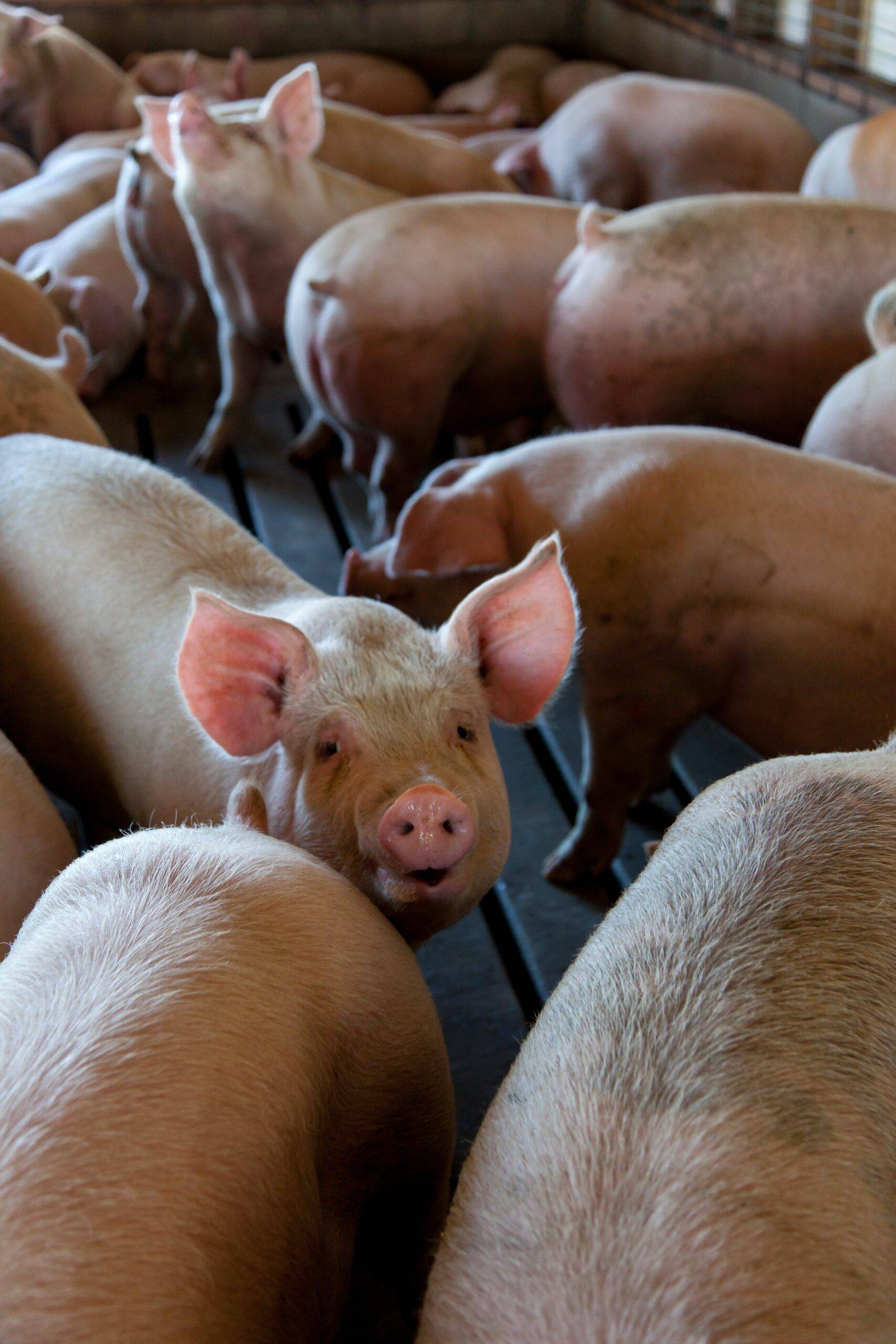The Super Bowl has long been a marquee event not only for sports fans but also for advertisers aiming to capture the attention of millions of viewers. This year, as the Philadelphia Eagles took on the Kansas City Chiefs, Super Bowl 59 showcased a plethora of commercials, with a significant focus on food and beverage brands. Notable campaigns included scantily clad influencers promoting Carl’s Jr., Instacart uniting Chester the Cheetah with the Pillsbury Doughboy, and David Beckham alongside Matt Damon endorsing Stella Artois.
Social media buzzed with discussions surrounding these ads, particularly those featuring iconic celebrities who have maintained their relevance over the years. Michelle Nguyen, product owner and marketing manager at UpPromote, noted, “The use of nostalgia marketing is one of the recurring themes in this year’s Super Bowl advertising budget. Nostalgia has a special power to arouse feelings and foster a sense of comfort and familiarity.” This trend reflects a broader strategy among brands to evoke emotional responses that resonate with audiences.
This year’s Super Bowl set a new benchmark for advertising costs, with FOX reportedly selling at least ten of its ad slots for upwards of $8 million each, as reported by CNN. Some brands opted out of the high-stakes advertising game, particularly major car manufacturers, who cited a challenging economic landscape and the prohibitive costs associated with Super Bowl advertising as reasons for their absence. Alfred Goldberg, chief brand strategist at Absolute Marketing Solutions, emphasized this point, indicating that the price tag of Super Bowl ads has become a significant barrier for many companies.
“People are quick to skip YouTube ads, but Super Bowl commercials hold their attention because they entertain rather than interrupt,” said Michael Barbera, an assistant professor at the University of North Carolina at Pembroke.
So, what elements contribute to an effective Super Bowl advertisement? Marketing experts agree that successful ads typically incorporate several key components, including:
- Surprise
- Celebrities
- Engaging storytelling
- Patriotism
- And when all else fails, humor
Reilly Newman, founder of Motif Brands, pointed out that humor is particularly effective in not just grabbing attention but also in fostering a positive perception of the brand among viewers. “Humor has proven to not only be effective in grabbing attention, but also in creating a bond with the audience that helps develop their perception of the brand in a positive light,” she stated.
Reflecting on past Super Bowl ads, industry experts highlighted that the most memorable campaigns successfully blend brand relevance, emotional resonance, and creativity to capture viewers’ interest and imagination. Nguyen elaborated, “In the end, the most effective Super Bowl ads will be those that successfully combine brand relevance, emotional resonance, and inventiveness to grab viewers’ interest and imagination.” This combination is crucial for leaving a lasting impression on audiences amid the competition for their attention.
The Food Institute Podcast
In the face of inflation, restaurants are being pushed to innovate and attract customers. What strategies can they employ to improve foot traffic? André Moraes of PepsiCo Digital Lab discusses how experiences, micro-influencers, and the Local Eats program can help propel restaurants forward into 2025.




